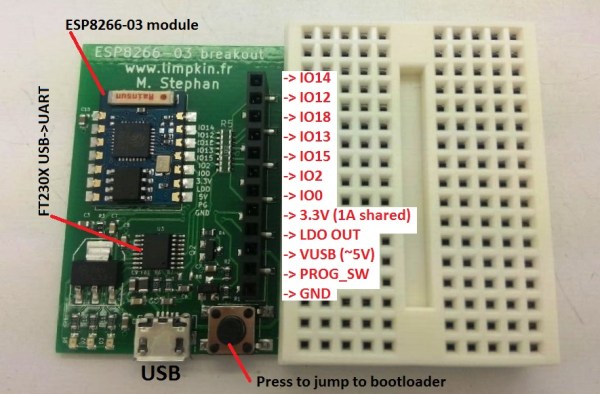A steady rest is a tool for a lathe, enabling a machinist to make deep cuts in long, slender stock, bore out thin pieces of metal, and generally keeps thin stuff straight. Unlike a tool that follows the cutter, a steady rest is firmly attached to the bed of a lathe. [Josh]’s lathe didn’t come with a steady rest, and he can’t just get parts for it. No problem, then: he already has a lathe, mill, and some metal, so why not make the base for one from scratch?
[Josh] was able to find the actual steady rest from an online dealer, but it wasn’t made for his lathe. This presented a problem when attaching it to his machine: because each steady rest must fit into the bed of the lathe, he would need a custom bracket. With the help of a rather large mill, [Josh] faced off all the sides of a piece of steel and cut a 45 degree groove. To make this base level, [Josh] put one side of the base on the lathe, put a dial micrometer on the tool post, and got an accurate reading of how much metal to take off the uncut side.
With the steady rest bolted onto the lathe, [Josh] turned a rod and found he was off by about 0.002″. To machinists, that’s not great, but for a quick project it’s fantastic. Either way, [Josh] really needed a steady rest, and if it works, you really can’t complain.







 The silk screen of the PCB has dotted lines showing the different angles possible for one pair of motor supports. One set makes a perfect “X” for traditional quadcopter flight. Another reduces the angle between front and back struts for higher-performance quad flight, while the last set is intended for a tricopter setup.
The silk screen of the PCB has dotted lines showing the different angles possible for one pair of motor supports. One set makes a perfect “X” for traditional quadcopter flight. Another reduces the angle between front and back struts for higher-performance quad flight, while the last set is intended for a tricopter setup.










